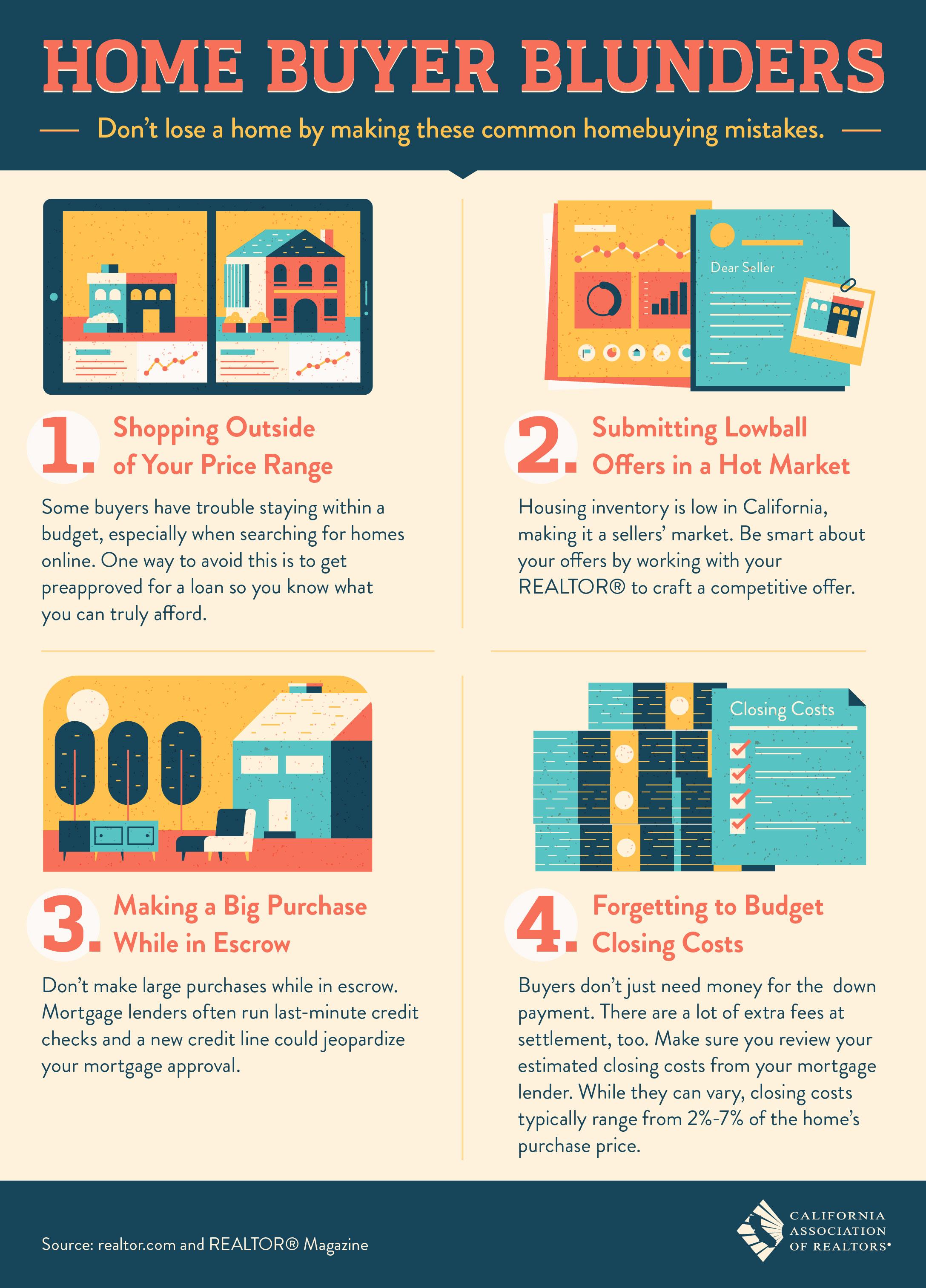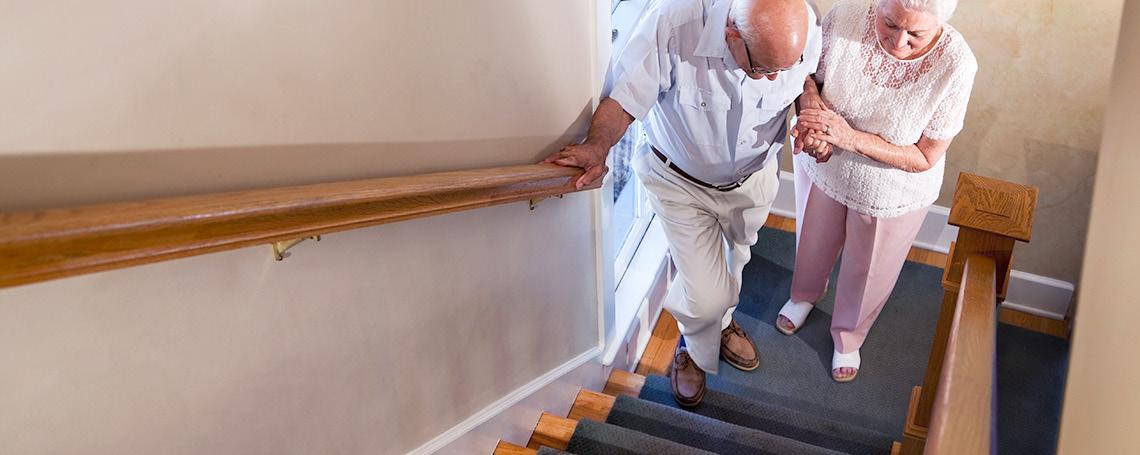
6 minute read
The Pandemic Threatens the Already
The current housing market is already facing low inventories, whose persistence poses a possible threat to affordable housing efforts since demand is increasingly growing. On top of that, the ongoing pandemic doesn’t seem like it will stop any time soon. This is a perfect storm that could exacerbate the already vulnerable affordable housing crisis.
Even before the pandemic, the housing supply was already a cause for concern. The GAP report published by the National Low Income Housing Coalition in late last year revealed that there was a shortage of seven million affordable homes for low-income households at or below the poverty guidelines, or 3% of the area median income. The ongoing pandemic is further pressuring these issues.
Jay Parsons, vice president of multifamily optimization and deputy chief economist at RealPage, a property management software company, predicts that the total apartment supply will remain high through 2021 due to the pipeline of projects that were approved and underway during the pre-pandemic period. Parsons also cautions that the pipeline of projects is thinning out, and there could be a massive drop-off of completions by 2022.
“COVID and the economic uncertainty from it have made it more challenging to get new development deals done,” Parsons stated. “Affordable housing is an even bigger challenge. There is woefully insufficient government support for building and maintaining affordable housing nationally. Developers can’t build affordable housing without government support. And the local, state and federal governments all seem to support affordable housing more in theory than in reality.”
WHAT EXPERTS SAY.
Most economists across the political scale agree that the best solution for the housing affordability challenges is to generate more housing supply. But until there is a serious commitment to avail funds to support affordable housing, these affordability challenges will always exist.
“It doesn’t matter what side of political aisle you are on, we have a system that does not adequately fund affordable housing and we try to pass the buck to property owners and developers, but unfortunately it just doesn’t pencil out,” Parsons said. “Developers cannot afford to do it without significant government support. When the rubber meets the road, it’s more about state and local government, and they are unwilling to change.”
Elsewhere, Allen Feliz, industry principal for affordable and public housing at MRI Software, a cloud-based property management software company, cites that there’s a lot to worry about. State and local budgets can’t provide soft funding, whereas affordable housing projects require plenty of soft funding—lack of soft funding could result in a massive strain.
CITY BUDGETS.
Some experts were predicting that affordable housing projects should be provided for by the city budgets. However, the ongoing pandemic has significantly destabilized city budgets. Chicago had to revisit its 2021 budget after falling short of $1.2 billion this year as a result of the pandemic and civil unrest. Houston is struggling with a $169 million shortfall, Seattle has fallen short of $200 million while Pittsburgh used its entire reserve fund to settle bills and is now facing a $100 million deficit. These are only a few examples from all the cities affected countrywide.
Moreover, a survey by the National League of Cities revealed that nearly 90% of the 485 cities that responded are expecting to lack the ability to meet their community’s financial needs this year compared to last year.

WHAT CAN BE DONE?
Many are left wondering how the situation could be balanced with the supply and demand pulling in opposite directions. Feliz cites that experts are working to boost the flexibility of the federal Low-Income Housing Tax Credit (LIHTC) program by increasing the annual tax credit allocation by at least 50% and working to enact a minimum of 4% housing credit rate to raise each tax credit’s equity.
“We need advocacy, creative solutions and bipartisan support to prop up the existing resources that we have, including LIHTC, the Rental Assistance Demonstration and other rental subsidy programs,” Feliz says. “To help close the affordable housing supply gap, some state policymakers are employing creative adaptive reuse solutions. For example, California has responded to the pandemic by working at local levels to convert hotels into housing, using FEMA money and federal funds and superseding local laws to create housing and leverage philanthropic dollars.”
Such solutions mark a good start, but as Parsons states, “All the good things that are happening are taking place at a very small scale. We need big ideas. Big solutions. Adding hundreds of units isn’t enough. We need to talk about adding millions. There are a lot of micro solutions, but they aren’t sufficient.”
Work cited.
https://www.forbes.com/sites/jennifercastenson/2020/10/12/ the-pandemic-threatens-the-already-vulnerable-affordablehousing-crisis/#19f95996393d.
LUXURY HOME SALES RISE 41.5%, MAKING THE BIGGEST JUMP SINCE 2013

The 2020 housing market has been setting different records in all market segments, from highs to lows. We’ve experienced all-time high home sales, pending sales, historically low mortgage rates, low housing inventory, and, most recently, the all-time luxury home sale growth, all in the same year, without forgetting the ongoing pandemic.
A new report from Redfin has revealed that sales of luxury homes inclined by 41.5% in the third quarter of 2020, setting a record for the most significant jump since 2013. As luxury homes sales skyrocketed significantly, sales from mediumpriced homes increased only 3%, while affordable homes sales dropped by 4.2%.
“The luxury housing market normally takes a hit during recessions as wealthy Americans tighten their purse strings, but this isn’t a normal recession,” Redfin Chief Economist Daryl Fairweather stated in the report.
“Remote work, record-low mortgage rates and strong stock prices during the pandemic are allowing America’s wealthy families to gobble up expensive houses with home offices and big backyards in the suburbs,” Fairweather said. “Meanwhile, scores of lower- and middle-class Americans have lost their jobs or are still renting in the city because they’re essential workers and have to commute into work, so they’re unable to reap the benefits of homeownership.”
During the third quarter of 2020, the median sale price of luxury homes was recorded at $862,700, the median price for expensive homes was at $402,000, medium-sized was $259,000, affordable homes was $178,000, while the median price for the most affordable homes was at $90,000.
Moreover, the luxury home market was the only segment with increased inventory. According to Redfin, the inventory of new luxury homes for sale increased by 8.4% from the same period last year. Meanwhile, the inventory of expensive homes for sale declined by 2.6%, medium-sized homes for sale dropped by 7.9%, affordable homes declined by 7.6%, while the most affordable homes for sale inventory fell by 4.8%.
Most of the increase in luxury homes was from the west coast buyers, particularly in Sacramento, C.A., where luxury home sales inclined 86.1% year over year, compared to 49 of the most populous metros. Interestingly, the median home sale price for luxury homes in Sacramento was $1.2 million in Q3. On the top of the list of luxury home-sale growth are two other California metros; Riverside and Oakland, at 62.8% and 60.9%, respectively. Additionally, Oregon increased 60.6%, same as West Palm Beach, Florida au 59.7%.
On the other hand, there were only two metros where luxury home sales dropped in the third quarter, according to Redfin. Philadelphia declined by 8.2%, while Nassau County, New York, dropped by 2%.
According to Fairweather, “Luxury listings are skyrocketing because high-end homeowners have the financial means and the flexibility to move during this pandemic… The growing supply of luxury homes for sale means that wealthy buyers have more options to choose from and a better chance of finding a home that checks all of their boxes. Meanwhile, buyers who are in search of more affordable homes are grappling with fewer choices and fierce competition.”
Such positive reports, such as the growth in luxury home sales and many other reports from the housing market, are positive indicators of the recovering economy.
Work cited. https://www.housingwire.com/articles/luxury-home-salesrise-41-5-making-biggest-jump-since-2013/#:~:text=In%20 the%20largest%20increase%20since,homes%20actually%20 declined%20by%204.2%25.











